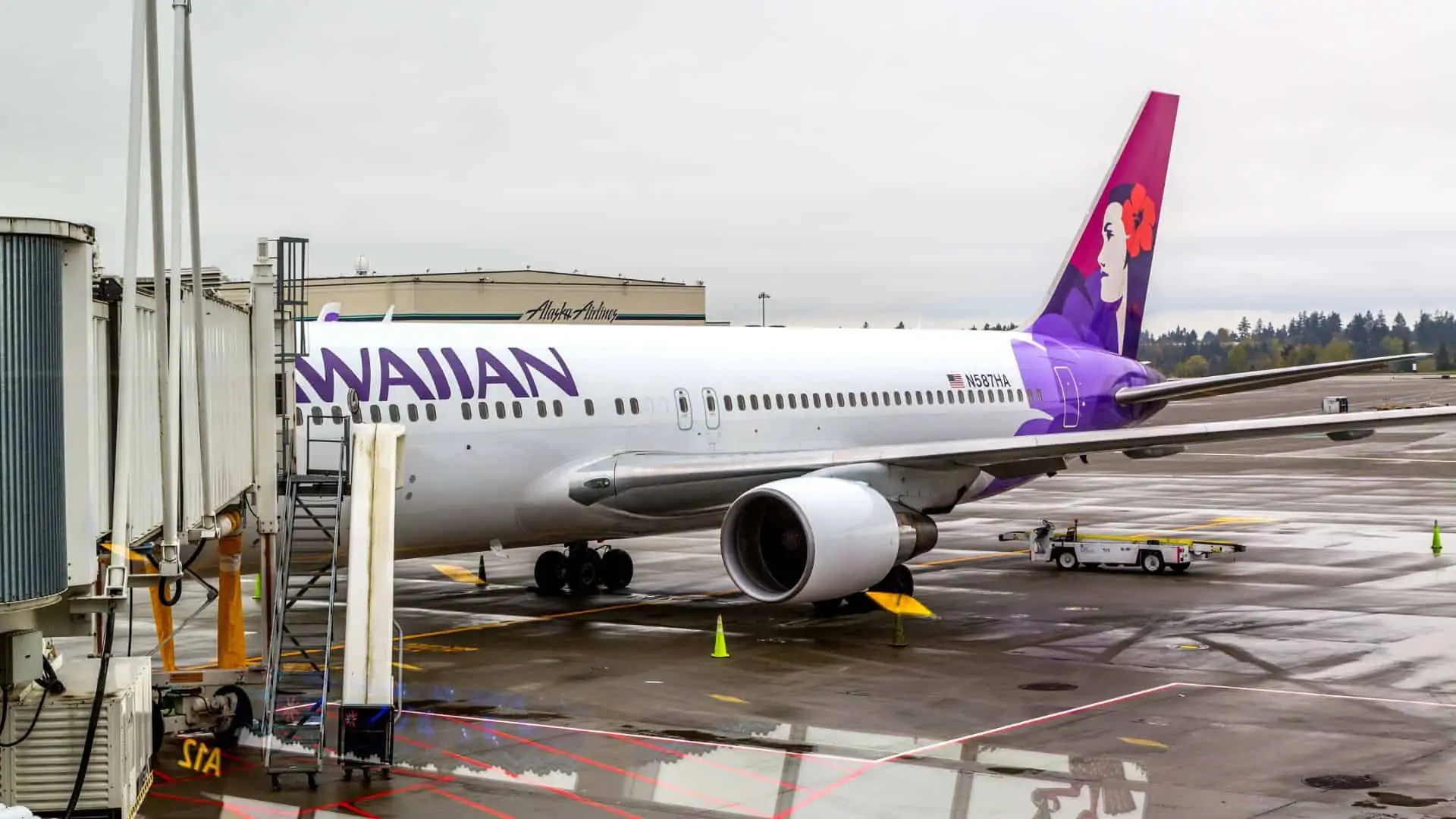Different aircraft types can fly at different heights, and this largely depends on whether they are pressurized, the type of engines they have, and their role (leisure, business, commercial, or military).
Today, Commercial aircraft fly at altitudes up to 42,000 feet (just under 8 miles high). Concorde used to fly at altitudes up to 60,000 feet (over 11 miles high), and at that height, you could see the curvature of the Earth. Some military aircraft (the SR-71 Blackbird) could fly up to 85,000 feet.
This article will show how high airplanes fly for various groups of aircraft.
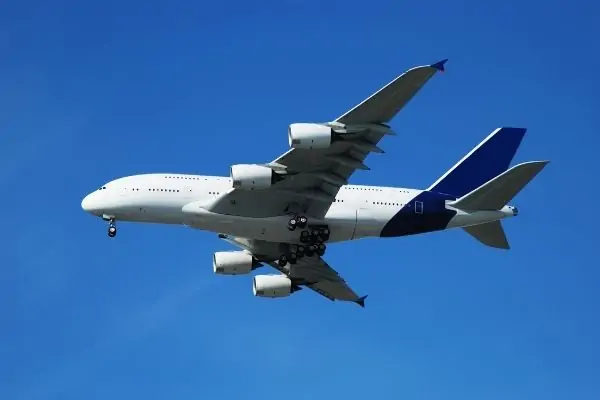
Contents
How high do commercial planes fly?
Most commercial airplanes have a cruising altitude between 30,000 and 42,000 feet, with an average of around 36,000 feet. The maximum altitude passenger jets fly has increased over the years as engines have become more powerful, allowing them to fly at higher altitudes.
The Boeing 747 Jumbo Jet could fly at altitudes up to 45,000 feet (although typically lower), while a modern “jumbo,” the double-decker Airbus A380, flies up to 43,000 feet.
Concorde had a very high operating altitude of 60,000 feet. This was mainly possible due to its very powerful Rolls Royce Olympus engines. At such a high altitude, the air was thinner, so there was less drag, which enabled it to fly faster at more than twice the speed of sound (1341 mph). You could also see the earth’s curvature at that altitude and the sky was almost black.
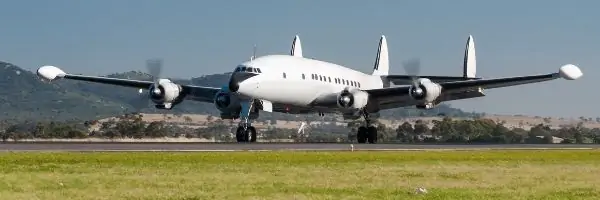
In the days of commercial airplanes with piston engines, back in the late 1940s and the 1950s, aircraft couldn’t fly as high as today for two main reasons:
- Piston engines were less highly powered and would not work efficiently at altitudes of 30,000 and above
- Many aircraft were not pressurized, so they could not fly much above 13,000 feet without causing discomfort to passengers
For example, two of the most common long-range commercial airplanes at the time, the Lockheed Constellation and the Douglas DC6, generally operated at around 24,000 feet.
Some piston-engined bombers were able to fly at almost jet airliner altitudes. For example, the B-17 Flying Fortress could fly at just over 35,000 feet, but this wasn’t for fuel efficiency but because it made them safer from fighter aircraft and ground-based guns.
How high do domestic flights fly?
There is no real difference between how high a domestic flight may fly and international flights.
Sometimes, domestic flights are relatively short, so they may not have time to reach a cruising altitude before needing to descend again, or they may be operated by aircraft with a lower maximum altitude.
Domestic flights can be longer than many international flights, particularly across the US.
How high do private jets fly?
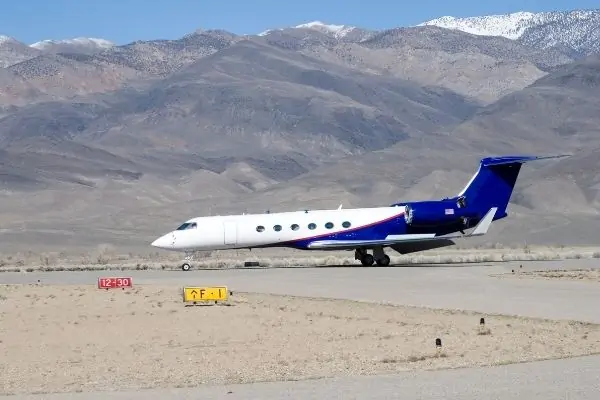
Private business jets often fly higher than commercial jets as they generally have a higher power-to-weight ratio, which allows them to cruise at higher altitudes.
The Gulfstream G650, for example, can fly up to 51,000 feet.
How high do fighter jets fly?
Fighter jets can fly at relatively high altitudes, often around 50,000 feet. This is due to them normally being aerodynamically very efficient and having powerful jet engines, which give them a high power-to-weight ratio.
Fighter jets are built to perform different roles, such as ground attack, air-to-air combat, or multi-role, so their operating altitude may vary depending on their role.
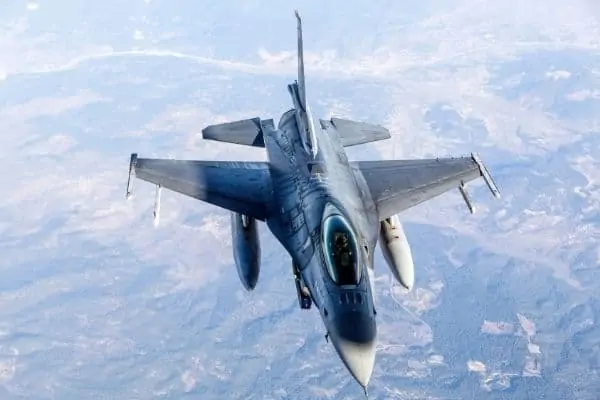
The highest-flying military aircraft
The military aircraft that flew the highest (and the fastest) was the Lockheed SR-71 Blackbird, developed in the 1960s as a reconnaissance aircraft for the USAF.
It could fly at altitudes of over 85,000 feet and at speeds over 2200 mph, greater than three times the speed of sound (Mach 3).
Why do planes fly so high?
There are many reasons why airplanes fly at high rather than at lower altitudes.
These include:
Less air resistance
How high planes fly is mainly because the higher an airplane flies, the less dense the air becomes (i.e., thin air). The thin air creates less air resistance (known as drag) on the aircraft’s airframe at a higher altitude, allowing it to fly faster.
Fuel efficiency
At higher altitudes, due to the lower air density, the engines need less fuel to propel the aircraft along at a certain speed. That is important to commercial airlines.
In addition, the temperature at high altitudes is lower, and generally, the lower the temperature, the more efficiently a jet engine runs.
Above the weather
Flying at altitudes of up to 42,000 feet means that airplanes normally fly above weather systems, where the air is more stable, making the flight more comfortable for passengers.
How high do small planes fly?
Most light private aircraft fly between 2,000 and 6,000 feet, although they can often climb to altitudes of 14,000-15,000 feet. For example, the popular Cessna 172 has a maximum ceiling (altitude) of 13,5000 feet.
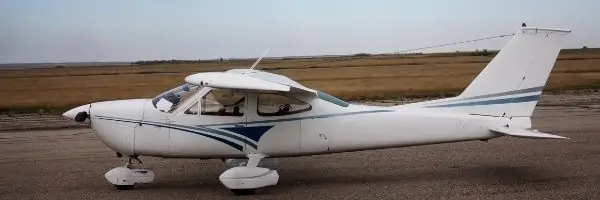
Why do light private aircraft fly lower?
Light private aircraft are limited as far as the altitude they can fly because:
- They are not pressurized
Light aircraft are normally not pressurized, so unless the aircraft is fitted with an oxygen system, pilots might suffer from a lack of oxygen if flying above 15,000 feet. - Under-powered engines
Most light aircraft engines are generally not very powerful, so they have a limited maximum ceiling height. - They make short flights
Generally, light aircraft are used to travel relatively locally so even if they could, climbing to a high altitude would not make sense. - Air traffic control restrictions
Airspace regulations and pilot competence/licensing can restrict light private aircraft to flying at lower altitudes. Many private pilots (such as myself) are not trained to fly on instruments alone, so they need to fly within good view of the ground (under VFR—Visual Flight Rules).
How do pilots decide what height to fly at?

The aircraft’s gross weight (including the empty aircraft, crew, passengers, baggage, cargo, and fuel) will largely determine its best cruising altitude. However, a few other factors come into play after that.
The air traffic control room (ATC) will ultimately have the final say in what altitude an aircraft will fly at. A pilot may request ATC to give them a different altitude, perhaps to avoid a weather front or fly more efficiently, but it is up to them if that request is granted, based on traffic congestion etc.
Aircraft always fly along airways in much of the world, particularly in busy airspace. Airways are the invisible highways in the air that make up the air traffic control network.
In a two-dimensional road network, one lane (or lanes) travels in one direction and another lane (or lanes) travels in the opposite direction, next to each other.
In an airway, which is in three dimensions, lanes are stacked one on top of another, with odd-numbered altitudes (eg 31,000, 33,000, 35,000 feet etc) traveling in one direction and even-numbered altitudes (eg 30,000, 32,000, 34,000 feet etc) traveling the opposite way.
An air traffic controller will allocate which altitude an aircraft will fly at (either odd number or even number of thousands of fee) based on its direction of travel along the airway.
How high is space?
As aircraft fly higher and higher, it may be interesting to know whether they are reaching altitudes that might be considered being in space. But they have a long way to go yet.
Space’s height depends on which organization defines it. The US generally defines it as starting at 264,000 feet (50 miles). Still, internationally, it is normally regarded as starting at 380,000 feet (62 miles), which is also known as the Kármán line.
So, even the highest-flying military aircraft are still far from being in space.
FAQs
How high do planes fly in miles?
The usual operational maximum height that commercial planes fly is 8.15 miles (43,000 feet). Concorde used to fly over 11 miles high (60,000 feet).
How high do planes fly in feet?
The usual operational maximum height that commercial planes fly is 43,000 feet. Concorde used to fly at 60,000 feet.
How high do planes fly for skydiving?
Skydiving planes usually fly to an altitude between 8,000 and 13,000 feet. Anything above 15,000 feet would require the skydivers (and pilots) to use oxygen.

I have been traveling around the world by air since the early 70s and living overseas too. I worked for British Airways for a number of years and I am also a private pilot. About Me

